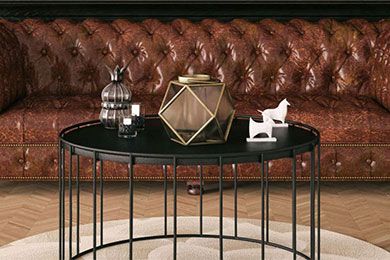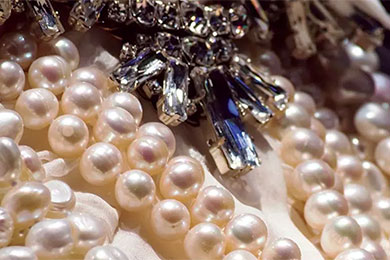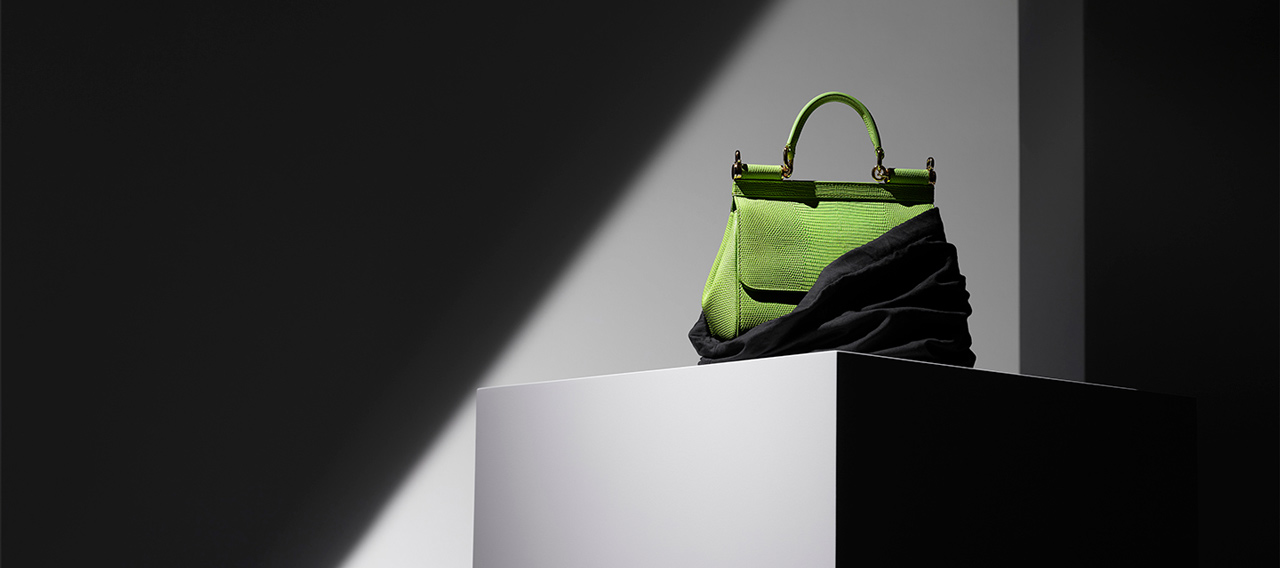- Businesses
- Individuals & Families
- Partnerships
- Brokers

Chubb Climate+ spans major industries, with a goal of enabling climate change progress in a meaningful way.


All Chubb policyholders are eligible for cyber services. Get the most value from your Chubb policy and schedule a consultation today.

In a complex world, Chubb’s support for multinationals and their brokers when choosing the right cover has never been more valuable.


As one of the world's largest providers of jewellery and fine art insurance, you can count on our unparalleled service and expertise, offering some of the broadest protection available.

As pioneers of using in-house appraisers to help clients establish the value of their property, and mitigate the risk of loss, our appraisal service is a key reason why owners of fine homes and high value possessions around the world choose Chubb

Build your business by providing the protection your customers need – it’s insurance for the new possible.

The seamless, secure, and scalable engine behind new possibilities for your company and customers.

-
About
About UsWho We AreFinancial & Regulation
- Claims
-
FCA Regulation
-
Contact
Chubb CareersComplaints
-
BackSuggested Searches
Sneakers, trainers, crep, kicks… whatever you call them, they can be worth a lot of money.
With fashion now firmly established as an investment class, sneakers are becoming an area of focus for those looking for new ways to invest.
Sotheby’s has held sneaker auctions since 2019, and in that time has presided over the current world-record holding sneaker sale: the ‘Grammy Worn’ Nike Air Yeezy shoes worn by Kanye West himself in his performance at the 2008 Grammy Awards which sold for an eye-watering $1.8 million in a private sale in 2021.
Glancing at the most expensive all-time sale lists for sneakers gives a clear indication that a pair of sneakers’ value seems to come largely down to who their previous owners were. Kanye’s ‘Grammy Worn’ Yeezys are a good example of this. The next three most expensive pairs of trainers ever sold are all pre-owned and pre-worn by Michael Jordan himself. They’re all the shoes to which Jordan gave his name: Nike Air Jordans in the Chicago Bulls colours of red, white and black, as worn by Jordan in his pomp.
As with any item being sold, picking the right moment can make all the difference. The most expensive of these Air Jordans sold in 2021 for just under $1.5 million. The other two pairs sold in 2020, coinciding with the Netflix documentary The Last Dance, which focused on the twilight years of Michael Jordan’s distinguished career. The documentary brought with it a renewed attention on Jordan’s footwear, contributing to the auction hype.
In fact, Nike shoes associated with Michael Jordan occupy a further four places on the top ten most expensive sneakers ever sold, totalling an astonishing seven spots in the top ten. Six of these seven are Air Jordans.
So, uniqueness, originality and provenance can all play a part in a pair of trainers smashing a valuation. But what about something being simply ‘cool?’ And how can you predict what will resonate with people?
The short answer is you can’t, which is what makes investing in non-traditional asset classes such as sneakers a riskier investment than investing in property, for example.
To collectors, and especially to those willing to part with big sums of money, sneakers are a passion investment. If you aren’t that into sneakers, you’re probably less likely to understand why a particular pair of Jordans or Huaraches is considered more desirable than a pair of Air Max 90s, a pair of Converse, or a pair of Yeezys.
One factor that is a little easier to understand and predict is scarcity. Often the biggest and most anticipated ‘drops’ are limited in quantity. The rarer the shoe the higher its resell value is likely to be. This makes retail value significantly lower than resell value, leading to a huge demand for the hottest pairs. Anecdotal evidence suggests that these drops are plagued by bots buying all the online pairs faster than any human is capable of doing, and camping overnight outside a shop is something generally reserved for only the most committed of sneaker heads. Some shoe shops organise raffles. The winners have the chance to purchase a pair of shoes. There are of course no guarantees that you’ll win, especially if it’s a popular raffle.
A good way of keeping on top of new drops is to keep an eye on websites that collate release dates and information. The Sole Supplier, and Drop Date are good options. And if you manage to grab a pair, try to grab another to resell. That way you might even get your fresh new kicks for free.
For more information on Chubb in the UK click here.
All content in this material is for general information purposes only. It does not constitute personal advice or a recommendation to any individual or business of any product or service. Please refer to the policy documentation issued for full terms and conditions of coverage.
Insights and expertise




